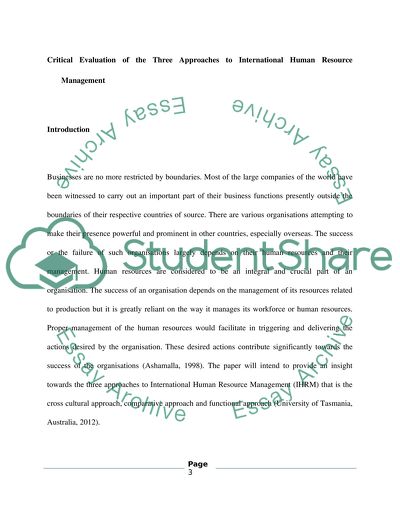Cite this document
(“Critical Evaluation of the Three Approaches to International Human Essay”, n.d.)
Retrieved from https://studentshare.org/human-resources/1396386-contemporary-issues-in-international-hr
Retrieved from https://studentshare.org/human-resources/1396386-contemporary-issues-in-international-hr
(Critical Evaluation of the Three Approaches to International Human Essay)
https://studentshare.org/human-resources/1396386-contemporary-issues-in-international-hr.
https://studentshare.org/human-resources/1396386-contemporary-issues-in-international-hr.
“Critical Evaluation of the Three Approaches to International Human Essay”, n.d. https://studentshare.org/human-resources/1396386-contemporary-issues-in-international-hr.


